Something that I learned about during my years in college that still permeates my classroom and pedagogy is the Reggio Emilia approach to early education. I am not a teacher in a Reggio school nor have I attended a study tour in Reggio Emilia, Italy, but I am passionate about the approach and how it can be used it in my public school classroom. I frequently receive questions about my Reggio-inspired space or activities that I share on Instagram, so this post will serve as a detailed guide for early childhood educators who are interested in this approach.
A background in Reggio
First, it’s important to have a base understanding of what the Reggio Emilia approach is and what it isn’t. According to the North American Reggio Emilia Alliance, the approach entails “a deep knowledge in theory and community-constructed values that have been and are continuously being translated into high quality early childhood practices” (NAREA, 2021). Teachers using this approach have an understanding of Vygotsky, Piaget, and Dewey, to name a few. Social construction of knowledge is key, allowing children to be actively involved in their education. Modern methods like project-based learning are similar in their approach. A Reggio-inspired teacher seeks to create a space that supports children in all forms of development. This space goes far and beyond the physical space but includes the concepts, projects, activities, discussions, methods, and exploration that students experience.
The Reggio approach is not just a way to decorate a classroom. While the physical environment plays a role, there is much more to being a Reggio-inspired classroom than the colors of the rug or the types of bins used. You will get some tips in this post about colors and materials, but without more background and learning, it will just be decoration.
There are multiple ways to learn about the Reggio Emilia approach from observing in Reggio learning centers and talking with Reggio educators to reading books and attending conferences. I was fortunate to begin my learning in college during my undergraduate program. Learning about the history of Reggio Emilia and working in Reggio-inspired early learning centers jumpstarted my journey into the Reggio world.
To start your own Reggio journey, I suggest starting with your mindset. There are so many things about the approach that differ from traditional classroom design, instructional materials, planning, and activities. So, ask yourself the following questions and consider your responses:
What role do the children play in their learning?
What role do I play in children’s learning and within the classroom?
What role does the classroom space play in children’s learning?
Answer honestly and completely. Your answers will help you either begin to shift your thinking surrounding the role of yourself and your space, or you may realize that you see those roles in a different way than the Reggio approach. The next step is to start building some background.
A great place to start is the North American Reggio Emilia Alliance website. There, you can find lots of information about the Reggio approach. I do have some book recommendations for those looking to have resources nearby to refer back to, highlight, and cite. The book that I usually suggest is below, but you can find more books here .
How do I create separate areas and arrange furniture?
What many people notice about a Reggio-inspired classroom are the separate, intentional areas for children to use. In a traditional Reggio classroom, you would find an atelier (creative expression area), loose parts, a sensory/sand play area, building area, writing center, math/numbers center, and a meeting area (in the larger school setting, this is called a piazza).
One way that these areas become meaningful is the addition of provocations within each area. Provocations are teacher-planned but student-led scenarios that seek to engage, inspire, or challenge children. A beginning-of-year provocation in the atelier may be a self-portrait creation, in the building center there may be a provocation to build your home, or in the writing center there could be a provocation to write and decorate your name.
Although you may see specific things like a play kitchen, a light table, or other specialized furniture, you do not need those things to set up areas. All you need is space. Furniture placement is important here. If your classroom uses tables for children, you will want to think about how many tables you need for student work areas. Flexible seating and allowing students to work in other areas can help free up tables for Reggio areas. You can read this post to see how I set up my play centers, which is what I call these special areas. You can do the same with desks, just be creative in how you arrange them. Reggio encourages a constructivist approach, so students should have the opportunity to sit near each other and work together. Pods are best for facilitating this approach.
Shelving can be helpful for creating these areas, but consider what your classroom already has. A traditional Reggio space isn’t especially roomy, but I prefer a more open concept. Remember, you’re creating a “Reggio-inspired” space, so you can edit the layout to fit your classroom needs. I use shelving to house multiple centers, and students move the materials to a table or floor area to play. I also use shelving for community supplies for easy access. Remember, though, work with what you have and can repurpose.
What do I prioritize when setting up my classroom for the beginning of the year?
As most teachers would agree, creating a classroom environment usually involves money, shopping, and lots of stuff. It’s quite the opposite when setting up a Reggio-inspired space. Children are the main focus. Their artwork, quotes, work samples, and creations are what will “decorate” your space. A Reggio-inspired space uses the walls as a canvas for children rather than a place to fill with teacher-created materials. Blank walls are encouraged in the beginning of the year. Bulletin boards are left empty, ready to be covered with self portraits, name art, a study of the school campus, or photos of children and their families.
In terms of materials, you will notice that most Reggio classrooms utilize natural elements like wooden crates or woven baskets. This may or may not be what you currently use, but there is no need to throw out perfectly useful plastic bins. A Reggio-inspired space showcases the children, leaving the materials, walls, rugs neutral. If you are lacking neutral colors or materials, what can you paint? Cover? Repurpose? If you have a choice of which colored bins you use, could you only use bins with more natural colors like blues and greens? Do you have clear bins? All of those things work perfectly fine. Over time, you can make swaps with other teachers, find items at garage sales, or repurpose found items.
It’s important to state that there is nothing wrong with color! A neutral background lets the work of the children stand out, that’s all. Neutrals can also mirror the child’s natural environment, both outdoors and in their own homes.
When setting up the Reggio areas, think in terms of simplicity. A sensory table could easily be created with an affordable plastic bin and water. An atelier (art center) just needs paper and drawing materials. Loose parts have quite the open-ended concept, and you could bring in stones, pine cones, beads, coins, or other items that you may already own or find outside. This post details what my centers include. There does not need to be an abundance of “toys” like Magna Tiles or marble runs. Use what you have for creative expression areas. If you don’t have blocks for a building center, use rinsed out aluminum cans from your pantry at home. Continue to think in terms of repurposing.
Your students will create many things that you think you need to have prepared for the beginning of the year. Wait for them and create them together.
This includes things like labels for materials and centers, posters for expectations, borders for bulletin boards, alphabet cards for a word wall, a number line, and nametags for tables (as seen stuck in the plants). There is no need to have these things made ahead of time in a Reggio-inspired space.
Can this approach be done outside of pre-K or kindergarten?
Short answer, yes! If you’ve spent time learning the background and history of Reggio, you’ve seen that it’s far beyond just setting up play areas. The approach itself revolves around letting young children construct their learning. This could be done in multiple grade levels with a teacher who is prepared to deviate from the programs their school has provided or from the scope and sequence.
Letting students take the lead may involve a detour of your typical learning. It may look like spending more time on building relationships, learning from each other, and doing a lot of partner or group work. It could mean that you reevaluate your physical space and set it up to provide areas for creative expression or passion projects. However you want to use the approach in your Reggio-inspired classroom, it can benefit students beyond age 5. You likely already use many aspects of Reggio!
How does reading/math/writing look in a Reggio-inspired classroom?
Like you’ve read earlier in this post, you can be Reggio-inspired by letting your students take the lead, letting them set the pace, and giving them a variety of materials and methods to show their learning and express their interests. A Reggio-inspired reading time could focus on student interests with book selection and partner reading. Math time could look like students working together to solve an open-ended problem (the CGI method pairs well with this approach). Writing could involve lots of research projects, narratives, or fiction story writing.
In every classroom, including Reggio ones, there is explicit instruction using proven methods. But I see the main shift from traditional to Reggio-inspired in how teachers allow students to gain more control of the topics, pace, methods, and paths that the learning takes.
There is no way that one post can change your traditional approach to a Reggio-inspired one. But it can start you on the path.
I am Reggio-inspired, but I am also influenced by other philosophies, research, and methods. I am a firm believer in design thinking in terms of how you set up and run your classroom. I believe that research in best practices for early childhood, work spaces, and emotional development are just as important to study as your curriculum. Because my pedagogy is based on a variety of things, I created a course to help other educators change their classrooms, improve student engagement, and shift their thinking around instruction. It’s called The Research-Based Space, and you can pre-order it now! Class begins in early August and includes live sessions with me. Click below to learn more!
I hope this post sets you on the path to learning more about the Reggio Emilia approach and has encouraged you to become Reggio-inspired!

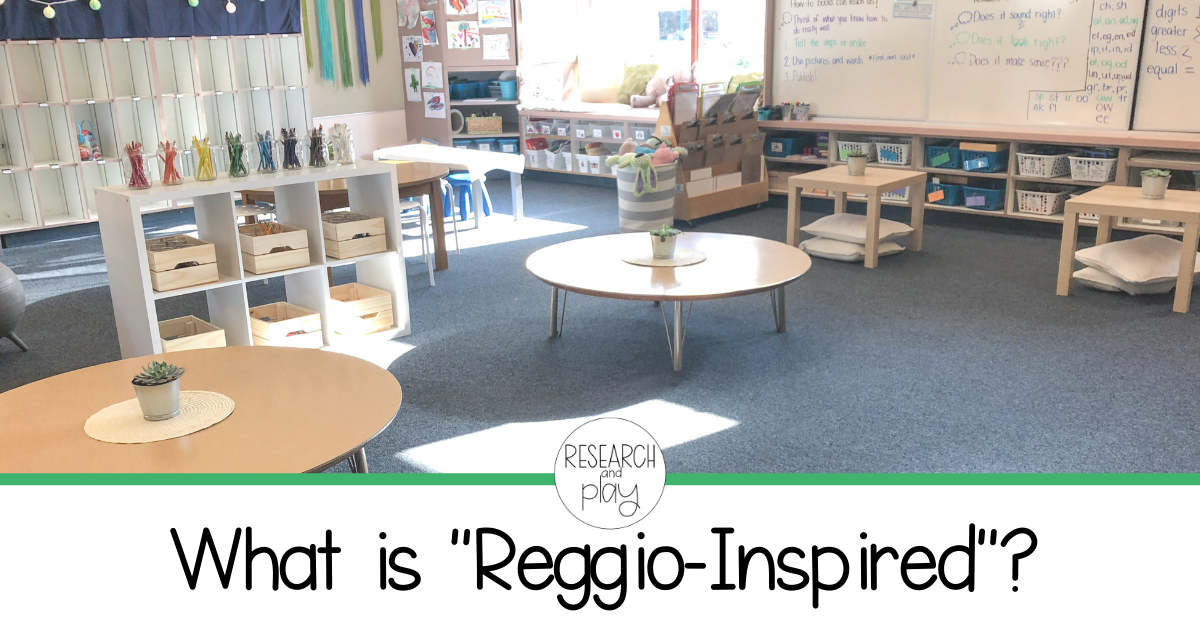
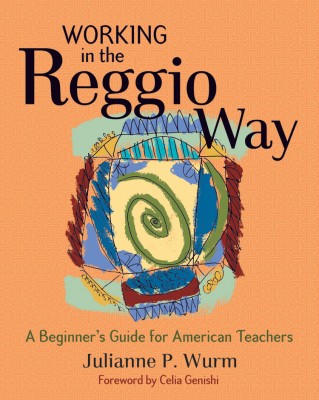

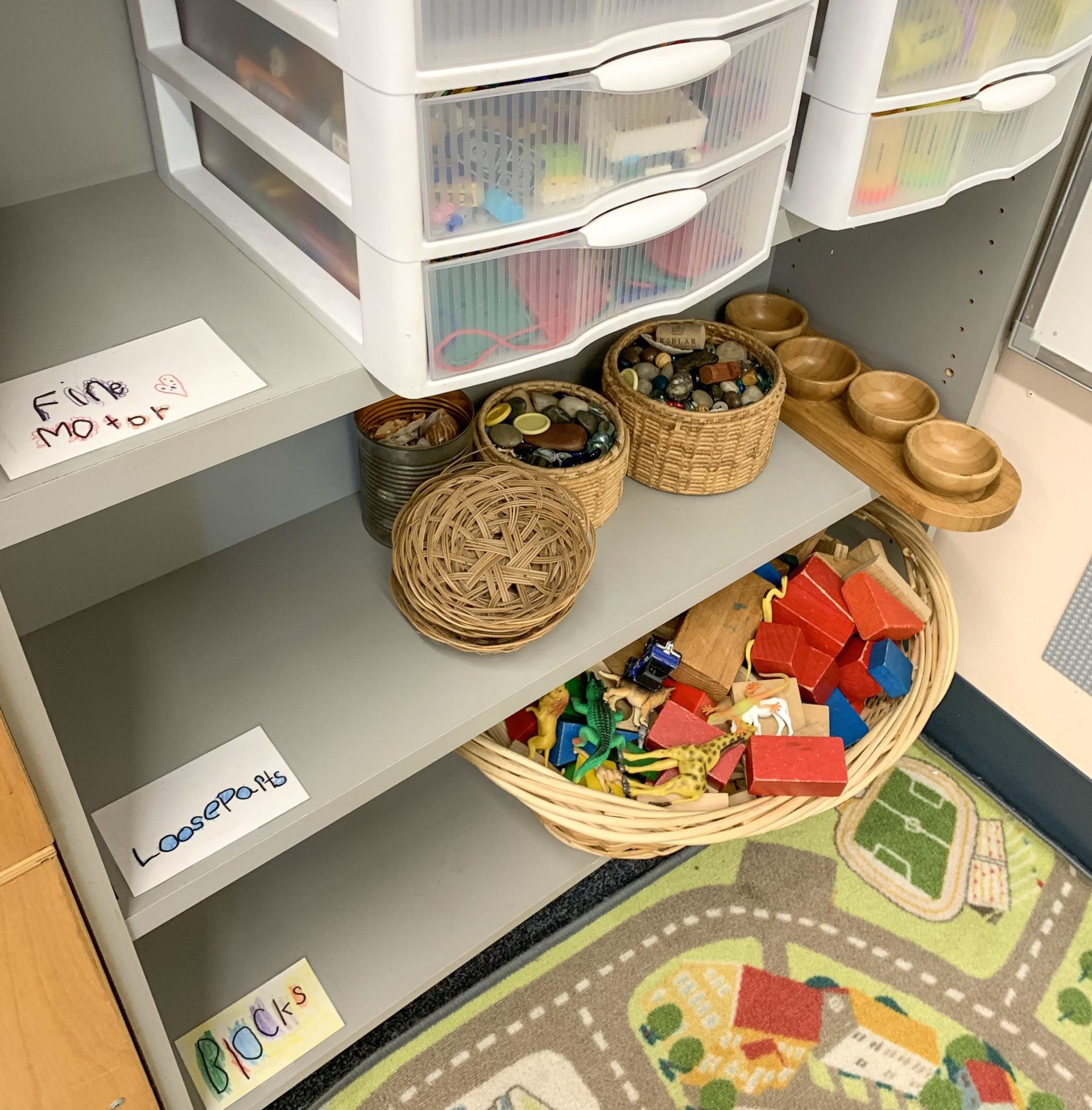
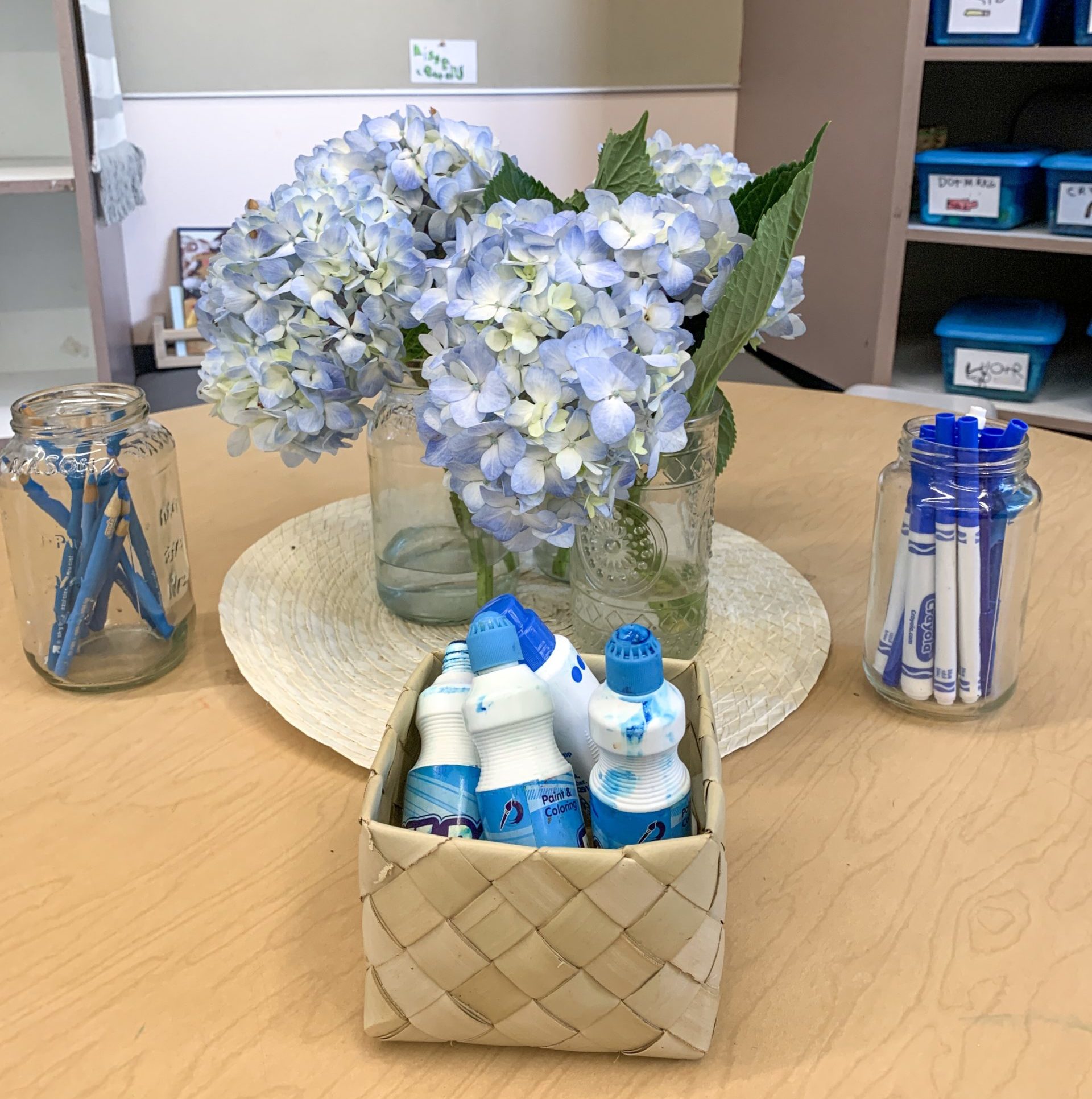
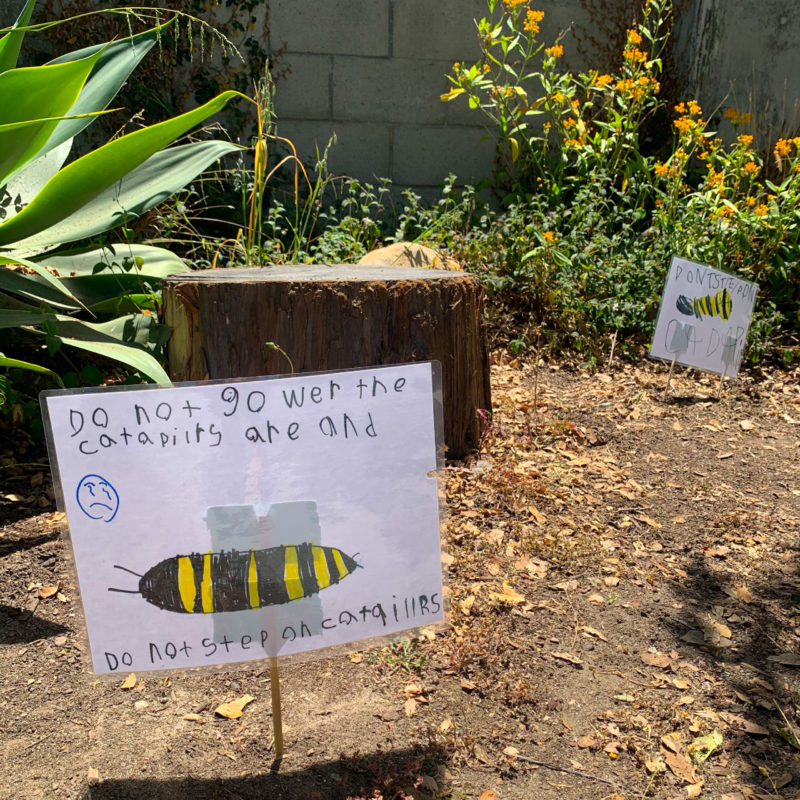
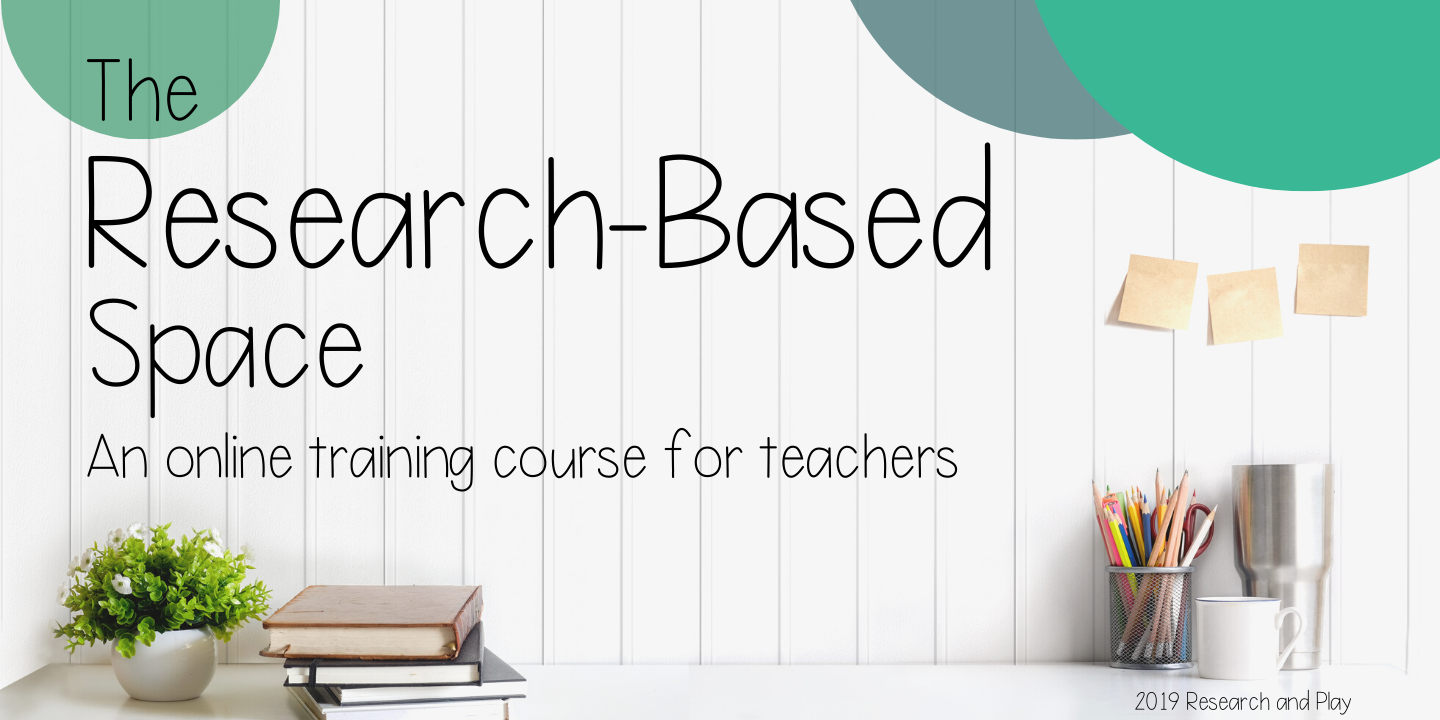

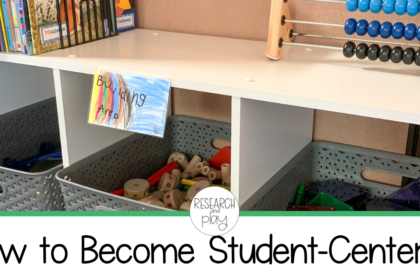
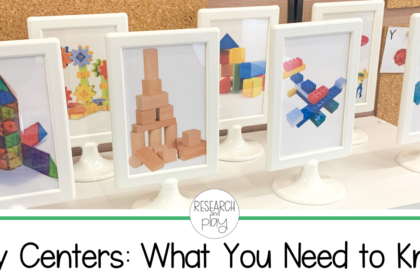
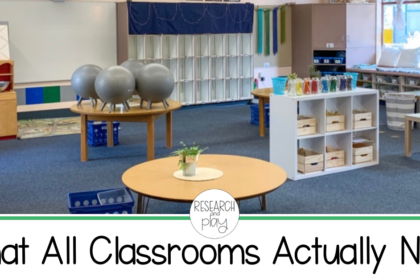
Thank you so much for this post. I find there’s lots of theory online about reggio emilia but not much practical rubber-meets-the-road type advice needed to actually implement the theory in a care setting. This has been super helpful!
Thank you so much for sharing this article! Classroom designs are really important in encouraging the students to participate and keeping them engaged in activities.
I feel very inspired!